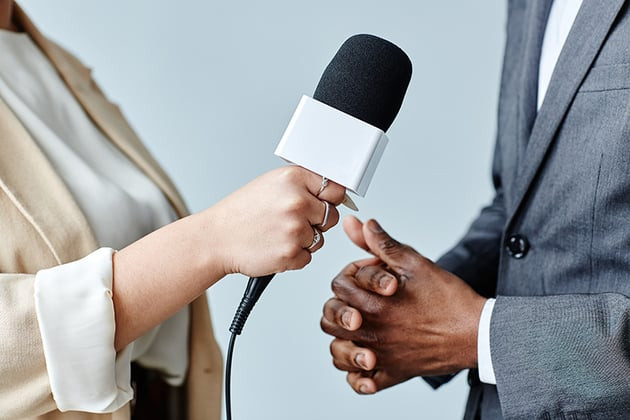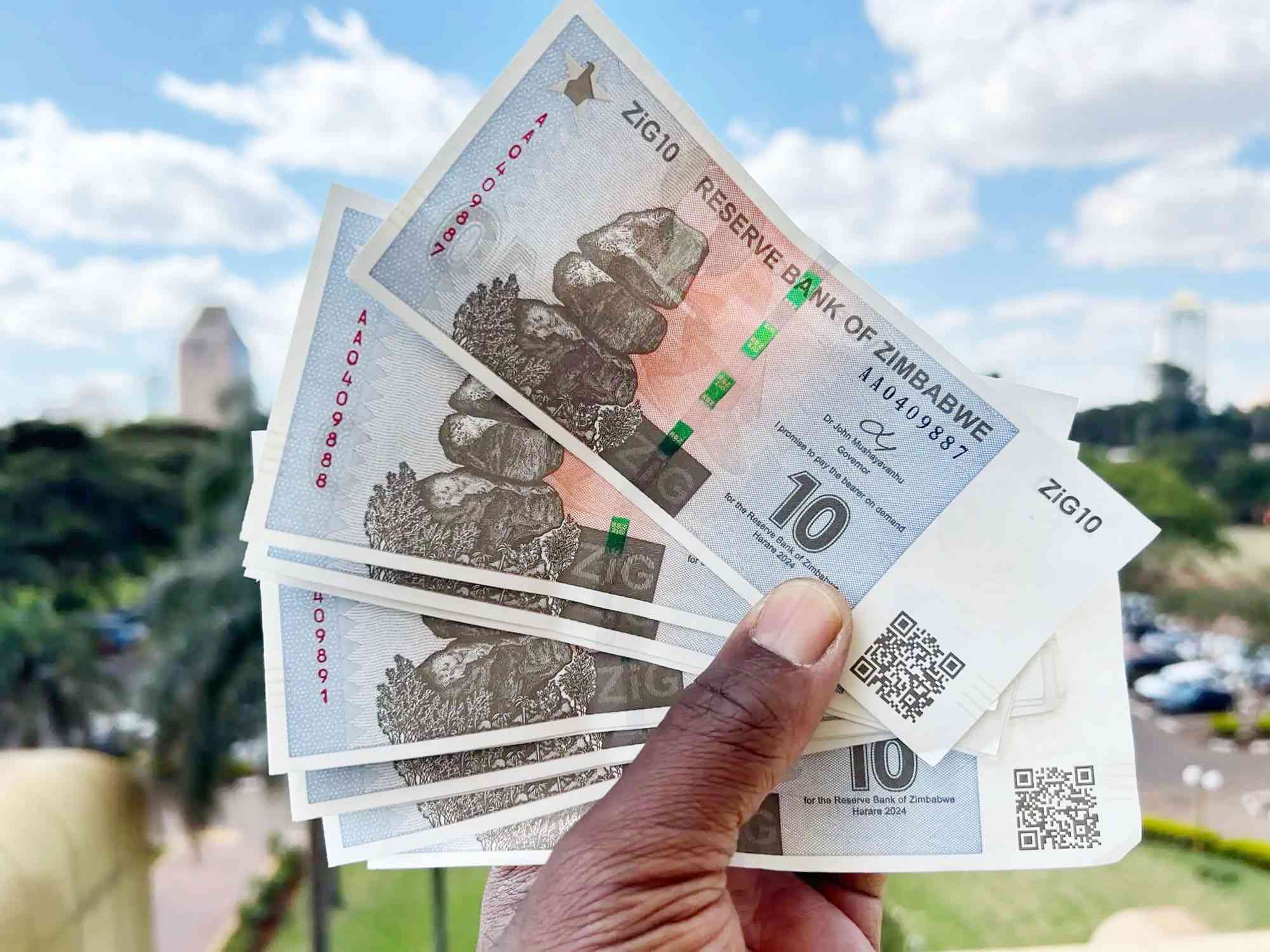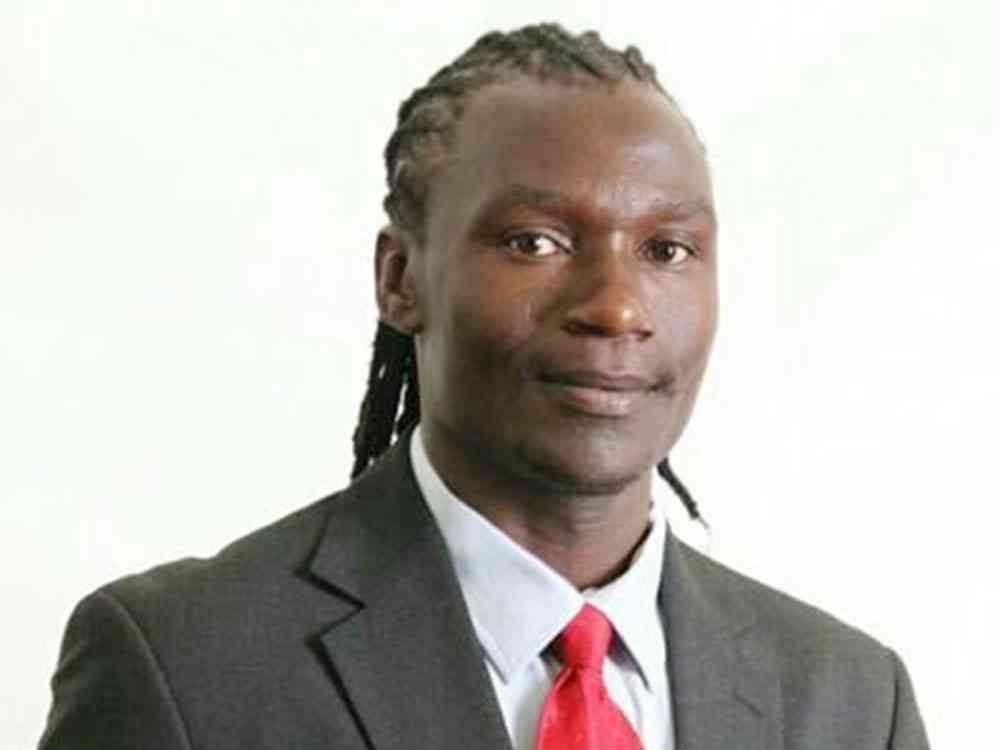
ONLINE violence against women journalists today is increasingly organised, targeted and personal. These disinformation-laced attacks place women’s physical and psychological safety at worrying risk.
Concrete steps must be taken to address the online attacks against women journalists and their potentially devastating consequences, urged Julie Posetti, deputy vice president of global research at International Centre for Journalists (ICFJ), and Nabeelah Shabbir, an ICFJ senior research associate, over a series of panels at the International Journalism Festival in Perugia, Italy in April.
“The most important thing is making clear that [online violence] is not a lesser harm – it really needs to be recognised and brought to the fore,” Posetti said at the Festival.
“Online violence is designed in part to suppress, chill, silence and effectively roll back women’s rights that have seen gains over decades.”
Countering the violence starts with identifying the patterns of abuse, and it requires the development of more effective tools, techniques and policies.
Media organisations, social media platforms and governments must all provide better support.
“You have to shift the onus for measuring gendered violence from an individual journalist under attack to the news organisation that hires them, the political actors who are frequently instigating and fuelling the attacks, and the digital platforms that are vectors of this abuse,” said Shabbir during her panel convened by the Coalition Against Online Violence that discussed mental health support for journalists under fire. Posetti and Shabbir are creating two new resources for women journalists to help them better identify the attacks they are under, and use this information to advocate for change.
Here is how they are doing it, and why it matters.
- A toast to our Faith Zaba
- FEATURE: Online violence: How women journalists are fighting back
Keep Reading
The scope of the violence
Nearly three in four women journalists – 73% – have faced online violence while carrying out their reporting, according to The Chilling, ICFJ and Unesco’s global study on online violence targeting women journalists.
Of these, 25% have received threats of physical violence and 18% of sexual violence. One in five women surveyed reported that acts of abuse or violence offline were seeded first online.
Online attackers make death threats, surveil and intercept journalists’ personal data – for example, hacking and distributing personal photos – and threaten attacks on family members and close friends. Gendered online violence also often takes an intersectional angle in its abuse, attacking not only a journalists’ gender, but also their religion, race, sexual identity and age.
“It’s like a virtual lynch mob out to attack you,” said Washington Post contributor Raya Ayyub during one of Posetti’s panels.
“This is no longer (just the risk of) working on the internet,” she said, highlighting that she is attacked on average once every 14 seconds online.
Physical consequences
Online violence leads to physical attacks, creating an environment of fear that abuse will move beyond the internet. Perpetrators of online violence rarely, too, are held accountable for their actions.
They know this and use it to intimidate journalists further, said Northern Irish journalist Patricia Devlin: “That impunity stays on – it stays on in multiple threats against journalists."
In Devlin’s case, online threats had her repeatedly change security protocols with police protection.
However, even after a credible threat of rape and assault against her newborn son on Facebook Messenger, police did not move to arrest the perpetrator.
“If police can’t commit a man who sends a rape threat to a journalist’s baby, with evidence, how are we going to do anything else?” Devlin said.
More and more, online trolls and disinformation spreaders are learning from one another.
An example is the term “presstitute,” which first appeared in India and later was used by supporters of Elon Musk to attack Marianna Spring, a BBC disinformation reporter in the United Kingdom, as she reported on the proliferation of hate speech, disinformation, racism and misogynistic attacks on Twitter following his takeover of the platform.
Online abuse against Spring exploded especially after Musk screenshotted one of her tweets about the report on his own account, and tweeted that he was “laughing my ass off” at the report’s findings.
“Within a few minutes, Musk’s tweet revealed what the investigation had shown,” Spring said.
Exploiting the law
Online attacks are increasingly coordinated, too, often supported or directed by powerful actors in national governments, and designed to sow the seeds of future legal action against journalists.
“What starts as a lie, power uses it to turn reality upside down,” 2021 Nobel Peace Prize winner Maria Ressa said, appearing via video link, and reflecting on her own experience as the target of trumped up criminal libel and tax charges and multiple legal attempts to shut down her independent outlet in the Philippines, Rappler.
Lies spread on the internet introduce the idea that journalists are criminals. High-level government officials then parrot them, Ressa explained. They lay a foundation for journalists to be imprisoned and newsrooms shuttered. Disinformation campaigns may also leverage divisive issues with heavy “culture war” elements in Western democracies, such as the Brexit vote in the UK.
“Because what I was reporting on – Brexit – was controversial, it made me into a controversial figure,” said British journalist Carole Cadwalladr, who writes for The Observer. (This controversial subject) created permission for a climate to bring legal action against me.”
Attacks against Cadwalladr took on common sexist tropes accusing her of being intellectually impaired or crazy as a way to discredit her reporting. It was later revealed that a pro-Brexit funder and Leave.
EU co-founder Arron Banks, who sued her for libel connected to her investigations, was in fact one of the key perpetrators of the disinformation-laced attacks on her.
The tools
Posetti and Shabbir are leading the development of the Online Violence Early Warning System in partnership with computer scientists from the University of Sheffield, which enables news and civil society organisations to monitor and respond in real time to attacks on journalists.
Using the tool, organisations will be better able to identify and analyse common hashtags, accounts and keywords used by perpetrators of online violence.
The data will also help highlight the scale and severity of the attacks so that authorities and institutions – such as law enforcement, judiciaries, states, newsroom leaders and intergovernmental organisations and newsroom leaders – take them seriously.
“Part of what has to be done is to definitely, fully understand that there is a gendered nature to these attacks and appreciate the fact that workplace injury is also psychological injury, that it’s serious,” Shabbir said.
In coordination with the Organisation for Security and Cooperation in Europe (OSCE), Posetti, Diana Maynard of the University of Sheffield, and Shabbir are also creating online violence monitoring guidelines for media organisations, with the goal of instilling “a more gender-aware newsroom culture” that prioritises women journalists’ mental health in the face of sexist online attacks, Shabbir said.
The women journalists sharing their experiences as targets of online violence all emphasised the importance of acknowledging the physical harm the attacks cause.
The attacks will not end with the women journalists, either, they warn – they are just the initial targets.
“We are the first wave,” said Cadwalladr. “We’re the canaries in the coal mine.”
Windelspecht is the managing editor of the International Journalists’ Network (IJNet), ICFJ’s website that delivers the latest on global media innovation, news apps and tools, and professional opportunities in eight languages. Before joining IJNet, he was a freelance journalist covering conservation and human rights.










